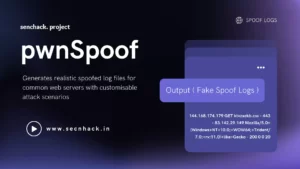Hey Folks, as we know that often we add sitemap in website to index the content of websites all across the Internet and simply crawlers take the “sitemap.xml” file from the web application and give us the result. But some crawlers are used to find hidden files or directories in web applications. Almost all web application crawlers work the same way and the one we are going to talk about today works like any other.
Lets take a look 🙂 !!
Installation
To configure this tool we have to download it from github. Execute the pipe command after going to the directory and install the requirements of this tool.
|
1 2 3 |
git clone https://github.com/micha3lb3n/SourceWolf.git cd SourceWolf/ pip3 install -r requirements.txt |
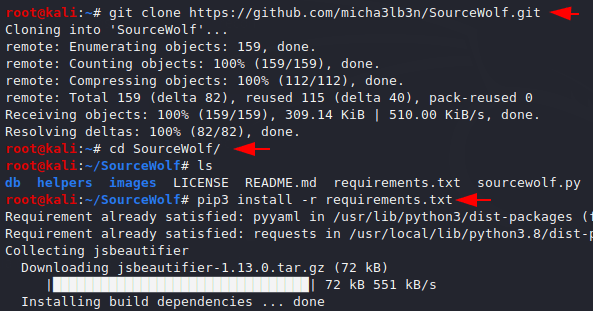
Ready 🙂 Nowwe can use this tool by using the following command.
|
1 |
python3 sourcewolf.py |
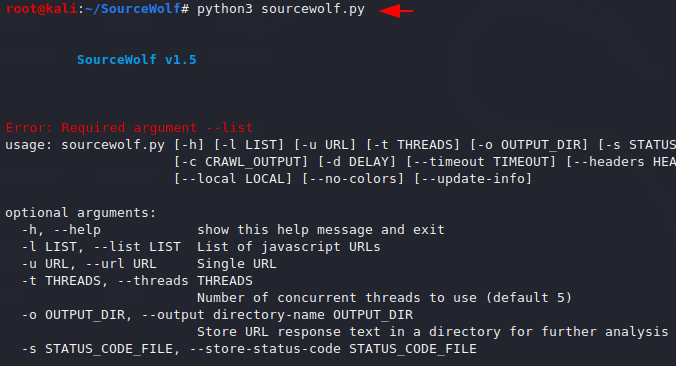
Usage
Now first of all we add only URL parameters to our search and we get the following response from this tool which shows that URL is can be access.
|
1 |
python3 sourcewolf.py --url http://192.168.1.7/wp-admin |

Bruteforce
Only through this technique we can obtain sensitive information, files and directory in web application such as robots.txt. The use of this tool is quite specific as you can see below that we add the FUZZ keyword after the URL which is required for fuzzing against a web application.
|
1 |
python3 sourcewolf.py -b http://192.168.1.7/FUZZ |
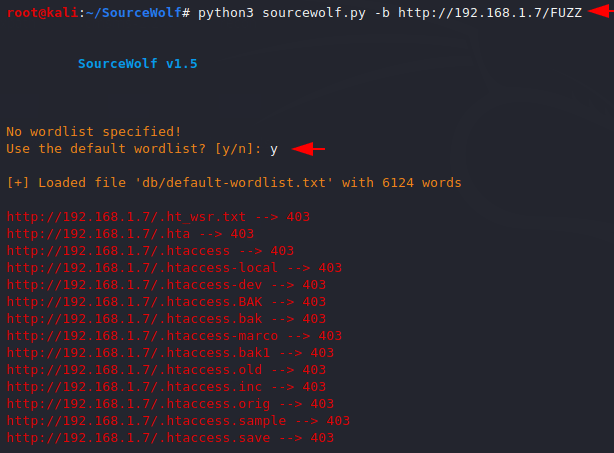
The results will come with all response code because we have not added any extra parameters to the query.
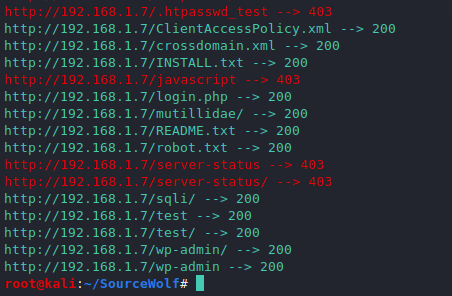
Verbose
Verbose mode exists to visualize additional details as well as it give us the details of what the tool is doing.
|
1 |
python3 sourcewolf.py -b http://192.168.1.7/FUZZ -v |
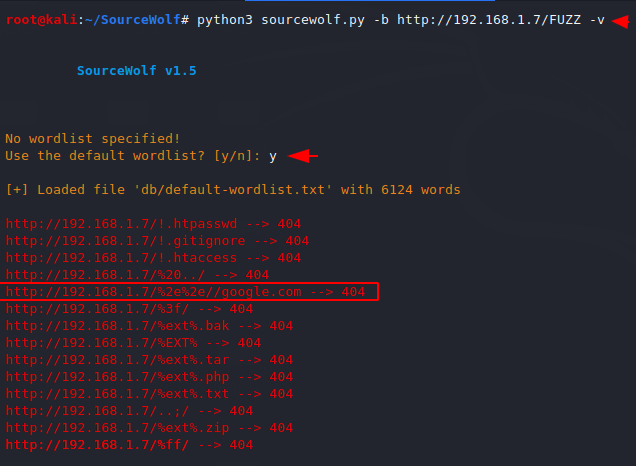
Wordlist
Most of the time we uses our own custom list to find the hidden files in web application and if you are find this feature in this tool then you see below.
|
1 |
python3 sourcewolf.py -b http://192.168.1.7/FUZZ -w wordlist.txt |
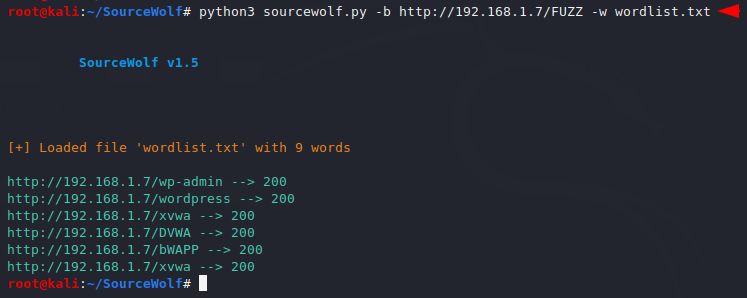
Output
The Ouput option is not only available to save results, it also gives us additional features after complete the crawling.
|
1 |
python3 sourcewolf.py -b http://192.168.1.7/FUZZ -o ok |
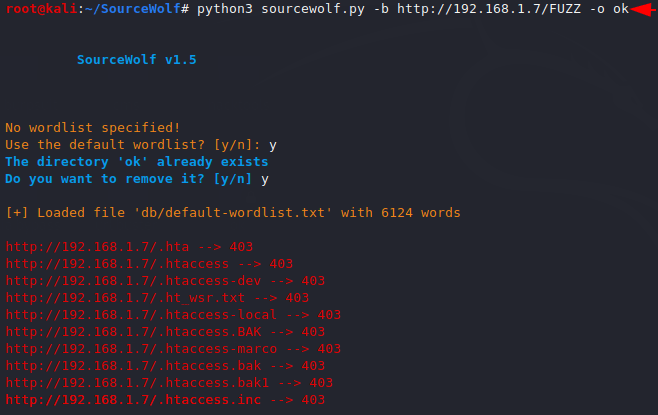
Below you can see that it also give us the juicy stuff from the source code.
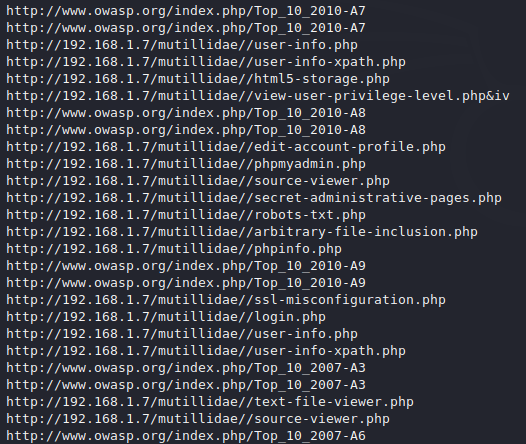
As you can see it has successfully captured social media and JavaScript variables.
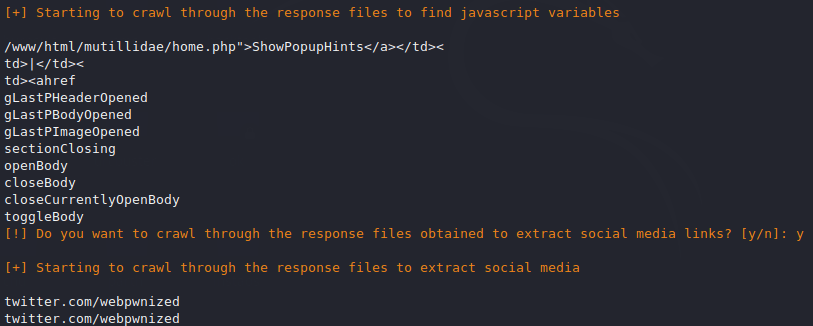
After going to the output directory, we can see the result as you can see below.


A keen learner and passionate IT student. He has done Web designing, CCNA, RedHat, Ethical hacking, Network & web penetration testing. Currently, he is completing his graduation and learning about Red teaming, CTF challenges & Blue teaming.



